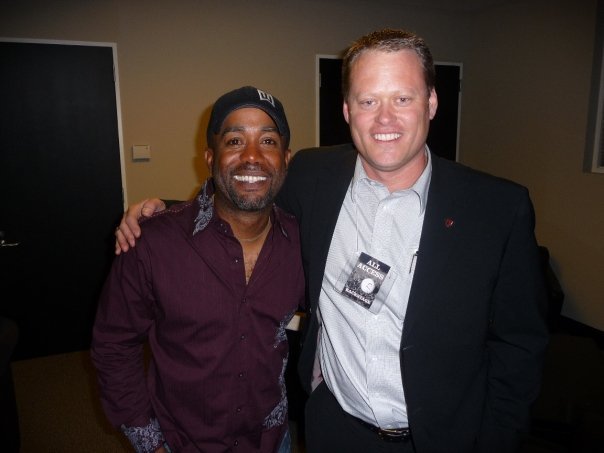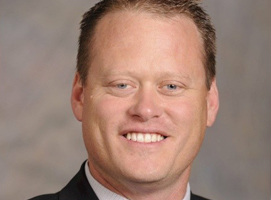fundraising
Your Donors Want to “Do Something” in a Crisis. Give Them an Opportunity.
After years working in management for Intel, my friend and I started a nonprofit named Caddies 4 Cure (C4C) to honor my late daughter, Ella and my friend’s wife who had been recently diagnosed with MS. The motto for our charity was: “Just chip in.” This was a play on our primary activity, founding and managing the largest celebrity/charity golf tournament in the northwest for many years running. This motto took advantage of a catchy pun, but it also taught us something about how people approach philanthropic engagement. When people experience crisis or a major disruption in life they are often left feeling powerless and many have a strong desire to do something.
“Chipping in” is the natural response to a challenge.
I saw this same pattern when I made the jump into philanthropy full time back in 2006, returning to my alma mater to run the campaign for the Carson College of Business at Washington State University. From there, I moved into fundraising leadership at the Fred Hutchinson Cancer Research Center working with families confronting the challenges of cancer. Time and time again, I saw people who wanted to “do something” in response to their personal or family crisis. This led to numerous transformational gifts working with our philanthropy team.

During my time as a fundraiser, I watched the meteoric growth of C4C and the amazing celebrities, business leaders, mothers, fathers and children who rallied behind the cause each year. Many of these people had experienced personal loss related to the causes making it very real. This brought home that key message about human nature, especially in times of crisis. People want to do something–anything–when they are dealing with a situation they feel they have little or no control over.
People feel helpless in times like this, and they desperately want to take action. These are often the times when people are the most philanthropic.
Here are four ways that donor engagement in a crisis can help your supporters take these feelings of distress & uncertainty and channel it into philanthropy.
Four ways to engage donors in a challenging time (or any time)
- Open the door to everyone. Everyone plays a part, from your big money donors to your loyal annual givers and certainly new donors. Engage people in philanthropy and your organization now, whether they have given in the past or not, and keep the dialogue going. You’ll message to them in different ways, but now is not the time to go silent with any group of supporters.
- Engage volunteers. A big part of my success in boosting philanthropy at my past institutions has been to encouraging volunteers and making it easy for them to engage in a meaningful way. People often want to make a difference but need your help to get them beyond the initial hurdle of jumping in. Find and promote simple entry points for people to engage. I can’t tell you how often I hear people say: “just tell me what is needed and I’ll do it” or “please just point me in the right direction and let me go.”
- Give people a simple, relevant way to give now and many will take you up on this. A clearly explained and easy to access emergency fund is a great option for philanthropy in times like this. We’ve seen millions of dollars in gifts to these funds on the RNL Crowdfunding platform in just a few short months.
- Make it interactive. Providing people an opportunity to give in an interactive way while they are stuck at home sheltering in place is a great idea. This is accomplished through enabling social sharing, personal videos, donor walls, and challenges. Human nature desires connection with others and there is power when people engage around a common cause.
Let your donors take action in this challenging time
In a crisis, personal or public, people want to do something. When their alma mater or their local hospital reaches out, and explains a clear need, it resonates. Whether it’s supporting students who have lost their jobs, or providing much needed equipment and resources to keep patients alive, providing clear, easy and direct ways they can help will generate a response.
It’s tempting to suggest that we shouldn’t be reaching out to donors when the economy’s tough. The fear is that feathers might be ruffled or it could come across as inappropriate or too forward. If the opportunity is shared with donors in the right way, this can actually be the best time to engage.
“People feel helpless in times like this, and they desperately want to take action. These are often the times when people are the most philanthropic.”
Now is not the time to be timid or to go silent on donors. Reflecting on previous challenging times, like the Great Recession and 9/11, fundraising leaders agree that organizations that stay present with donors will weather this crisis and recover more quickly. Executing your strategy will require sensitivity, listening to donors, even testing communications. But the top thing you’ll want to communicate is an opportunity to “do something” right now. Human nature is in your favor.
